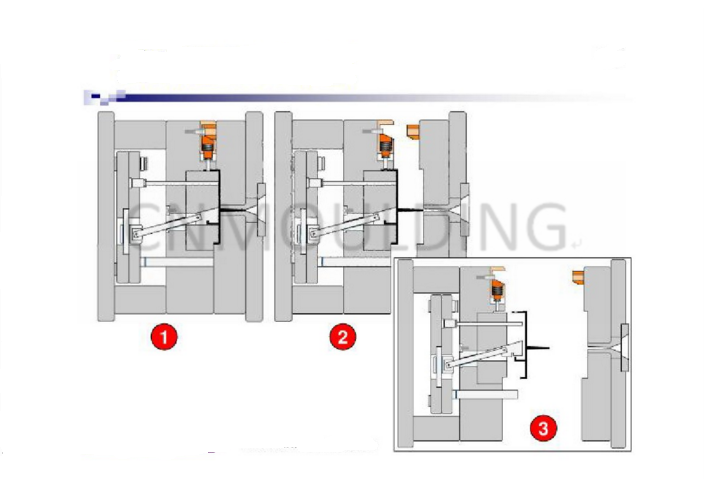In the world of industrial equipment, the exterior housing of a power tool is much more than a simple cover. It is the first line of defense against impact, heat, and vibration. At CNMOULDING, we specialize in high-performance injection molding and mold tool processing, providing global brands with durable, ergonomic, and aesthetically superior power tool shells.
While we maintain a strong presence in the medical and automotive sectors, power tool housing manufacturing remains one of our core competitive strengths.
Why Choose CNMOULDING for Power Tool Components?
Manufacturing power tools requires a unique balance of ruggedness and precision. Here is how CNMOULDING delivers excellence in every project:
1. Advanced Material Expertise
Power tools often operate in harsh environments. We utilize engineering-grade plastics such as PA6+GF30 (Glass-fiber reinforced Nylon), ABS/PC blends, and TPU overmolding to ensure:
High Impact Resistance: Protection against drops and heavy-duty use.
Thermal Stability: Withstanding the heat generated by high-speed motors.
Chemical Resistance: Durability against oils, greases, and solvents.
2. Precision Mold Making
Our in-house mold shop utilizes high-precision CNC machining and EDM to create molds with tight tolerances. This ensures that every battery port, trigger housing, and internal motor mount fits perfectly, reducing assembly time and noise during tool operation.
3. Ergonomic Two-Shot Overmolding (Soft Grip)
Modern power tools require comfort. We excel in two-shot (2K) injection molding, allowing us to bond soft TPE or TPU materials directly onto a rigid plastic substrate. This creates a seamless, non-slip grip that enhances user safety and brand premiumness.
4. Scalable Production & Customization
Whether you need a sleek, matte black finish for a DIY line or a vibrant, high-gloss orange for industrial-grade equipment (like our Jingpu MX series), our facility handles high-volume production with consistent color matching and quality control.
Partner with a Leading Power Tool Shell Manufacturer
At CNMOULDING, we don't just "make parts"—我们为您的品牌增值 (we add value to your brand). From the initial DFM (Design for Manufacturing) analysis to the final shipment, our engineering team ensures that your power tool housings are optimized for weight, strength, and cost-efficiency.





